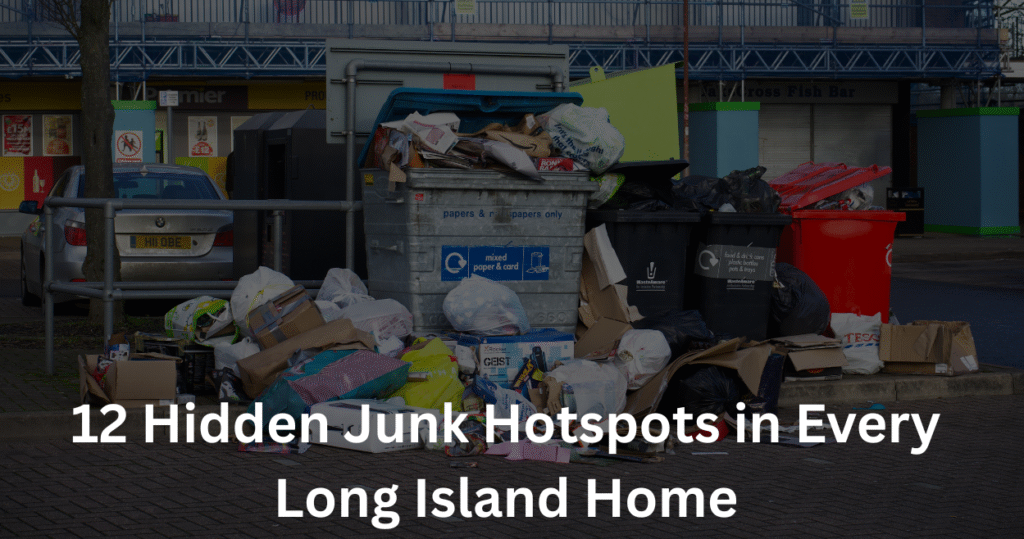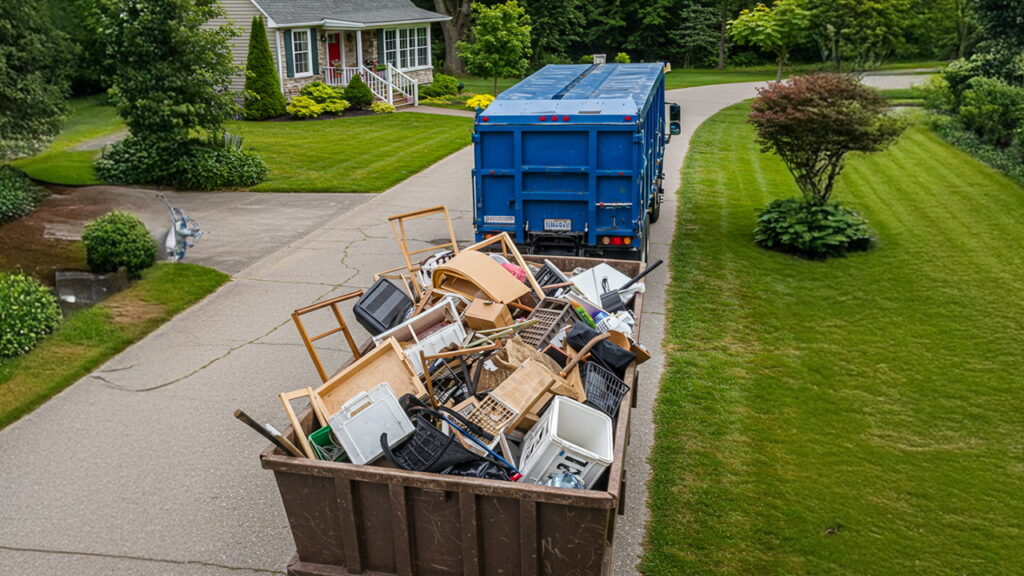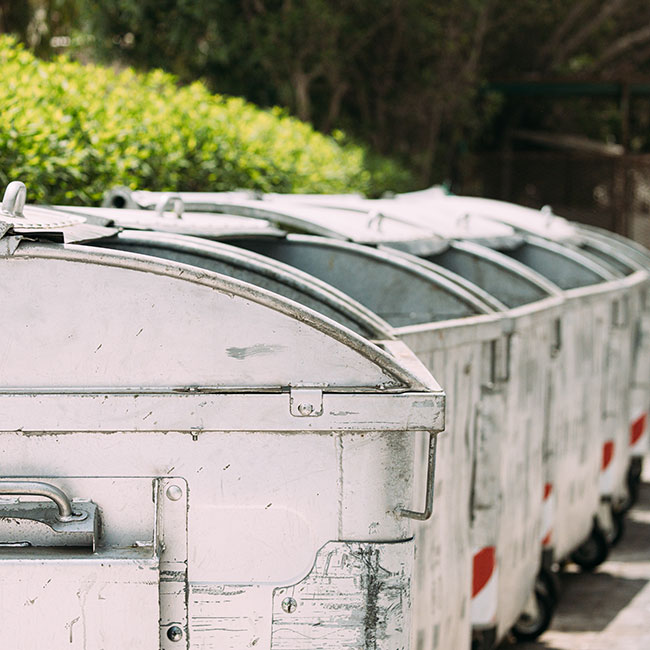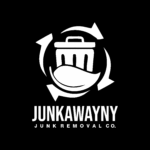Junk Hotspots in Every Long Island Home: 12 Hidden Clutter Zones to Conquer

Long Island homeowners are all too familiar with the phenomenon: despite regular cleaning, junk hotspots in every Long Island home continue to grow in secret, cluttering your space and driving you crazy. If you want to finally win the battle against clutter, you’ve got to look past the obvious areas and into the shadows. Here are 12 hidden junk hotspots in every Long Island home that tend to harbor forgotten messes — and how to reclaim them.
Whether you’re dealing with a cozy ranch in Levittown or a sprawling colonial in Garden City, these problem areas exist in virtually every Long Island home. Identifying and tackling these hidden junk magnets can transform your living space and restore that sense of order you’ve been craving.
1. The Garage Corner Behind the Water Heater
That dark, under-utilized corner is one of the most common junk hotspots in every Long Island home. Old paint cans, spare parts, holiday decor, and boxes pile up without notice. Illuminate it, pull everything out, and toss or donate the things you don’t need.
2. Basement Storage Under the Stairs
The triangular space beneath basement stairs is prime real estate for clutter. With poor lighting and awkward access, it becomes one of the easiest junk hotspots in every Long Island home to overlook — until it’s overflowing.
3. Attic Insulation Gaps
Between insulation layers, HVAC vents, or tucked behind rafters, small items sneak into attic voids. This is one of the less obvious junk hotspots in every Long Island home — but over time those bits and pieces accumulate into real clutter.
4. Kitchen Junk Drawer Overflow
Every home has a “junk drawer.” But too often it expands — duplicating into multiple drawers stuffed with cables, expired coupons, screws, and random odds and ends. It’s a classic junk hotspot in every Long Island home, begging for a purge.
5. Bedroom Closet Floor
Even in well-kept closets, the floor becomes a catch-all for shoes, purses, wrapping paper, empty boxes — turning the bottom shelf into one of the more persistent junk hotspots in every Long Island home.

6. Bathroom Vanity Cabinets
Behind vanity doors lurk expired meds, beauty products, travel sizes, and grooming tools. The humid environment makes it easy for junk hotspots in every Long Island home to fester inside those cabinets.
7. Mudroom Shoe Pile
A dedicated mudroom is a blessing — until it becomes a junk hotspot in every Long Island home. Boots, sandals, umbrellas, gloves — before you know it the space is choked with clutter.
8. Home Office Cable Chaos
Under desks and behind consoles, a tangle of cords, chargers, old routers, and power strips hides in the shadows. This is a tech-aged junk hotspot in every Long Island home that interferes with organization and even safety.
9. Laundry Room Shelving
Laundry room shelves become repositories for cleaning supplies, both current and ancient. primed to become one of the junk hotspots in every Long Island home. Half-empty detergent bottles, fabric softener sheets, old rags, and mysterious cleaning products create a cluttered landscape that makes doing laundry more stressful than necessary. The humid environment also means that many items deteriorate while taking up valuable space.
10. Kids’ Playroom Toy Graveyards
Underneath toy bins and behind play furniture, in forgotten corners, broken toys, spare parts, and loose craft materials build up. This zone is a frequent junk hotspot in every Long Island home, especially in busy households. Missing puzzle pieces, toys with dead batteries, and craft supplies mix together in a colorful chaos that makes cleaning overwhelming. These areas require regular excavation to prevent complete toy anarchy. According to the U.S. Environmental Protection Agency (EPA), reducing and reusing household items before disposal can significantly lower waste buildup.
11. Dining Room China Cabinet
Lower shelves in china cabinets often become de facto junk storage: mismatched dishes, extra linens, candles — the overflow from other spaces. It quietly becomes a junk hotspot in every Long Island home. Mismatched plates, old tablecloths, candles, and serving pieces create confusion when trying to host gatherings. Many items remain untouched for years, taking up space that could be used for frequently needed items.
12. Outdoor Shed Tool Maze
Garden sheds and outdoor storage areas develop their own ecosystem of forgotten tools and equipment. Broken lawn mowers, rusted gardening tools, old fertilizer bags, and seasonal decorations create obstacle courses that make finding anything a treasure hunt. The outdoor elements also mean that many items deteriorate while remaining unused.Your garden shed or outdoor storage is a major junk hotspot in every Long Island home. Broken tools, seasonal items, old paint, and decorations all claim space over the years without much inspection.
How to Reclaim These Junk Hotspots
- Tackle one zone at a time. Trying to do everything at once will overwhelm you.
- Bring the right tools: trash bags, donation boxes, labels, cleaning supplies.
- Sort ruthlessly: keep, donate, recycle, trash.
- Install systems: bins, shelving, labeled containers help prevent re-accumulation.
- Set a schedule: revisit and purge these junk hotspots in every Long Island home quarterly or biannually.
- Adopt a “one in, one out” policy. Bring in a new item only when another leaves.
Read more on our BLOG

Taking Action Against Hidden Junk
Identifying these problem areas is the first step toward reclaiming your Long Island home. Set aside dedicated time to tackle each hotspot systematically, armed with trash bags, donation boxes, and a ruthless attitude toward items that no longer serve you. Remember that every item you remove creates space for the things that truly matter in your daily life.
Consider implementing organizational systems in each area to prevent future accumulation. Simple solutions like labeled bins, regular purging schedules, and “one in, one out” policies can keep these hidden hotspots from becoming overwhelming again.
Your Long Island home deserves to be a sanctuary, not a storage facility for forgotten possessions. By addressing these twelve hidden junk hotspots, you’ll create a more organized, peaceful, and functional living environment that truly reflects your lifestyle and values.

Hi, this is a comment.
To get started with moderating, editing, and deleting comments, please visit the Comments screen in the dashboard.
Commenter avatars come from Gravatar.